
Gaming laptops are powerful beasts, sometimes almost as powerful as some desktops. Most of them, however, almost feel as heavy and as bulky as those towering computers because of how much technology they pack inside, including the required cooling systems. Thanks to the laws of physics and limitations in manufacturing, it almost seems like having a gaming laptop that’s as slim and sleek as a MacBook is just a pipe dream. Consider those dreams fulfilled, then, with the newest duo in the ASUS ROG Zephyrus line, bringing to the CES 2024 crowd the first glimpse of an all-aluminum CNC machined gaming laptop that maintains a mind-blowing thin and light body despite the power it crams inside.
Designer: ASUS Republic of Gamers

Although the typical laptop might have plenty of metal on the outside, the majority of gaming laptops use plenty of plastic or only plastic for the chassis. It’s more resilient to pressure and is cheaper to manufacture, helping to offset the costs of the expensive hardware. However, it also has poorer heat dissipation, is prone to deform from excessive heat, and makes the laptop feel less premium than its price would suggest. The Republic of Gamers is, fortunately, challenging the status quo with the 2024 ROG Zephyrus G16 and its slightly smaller sibling, the ROG Zephyrus G14, bringing a sleek and elegant look you won’t easily find on most of its kind.
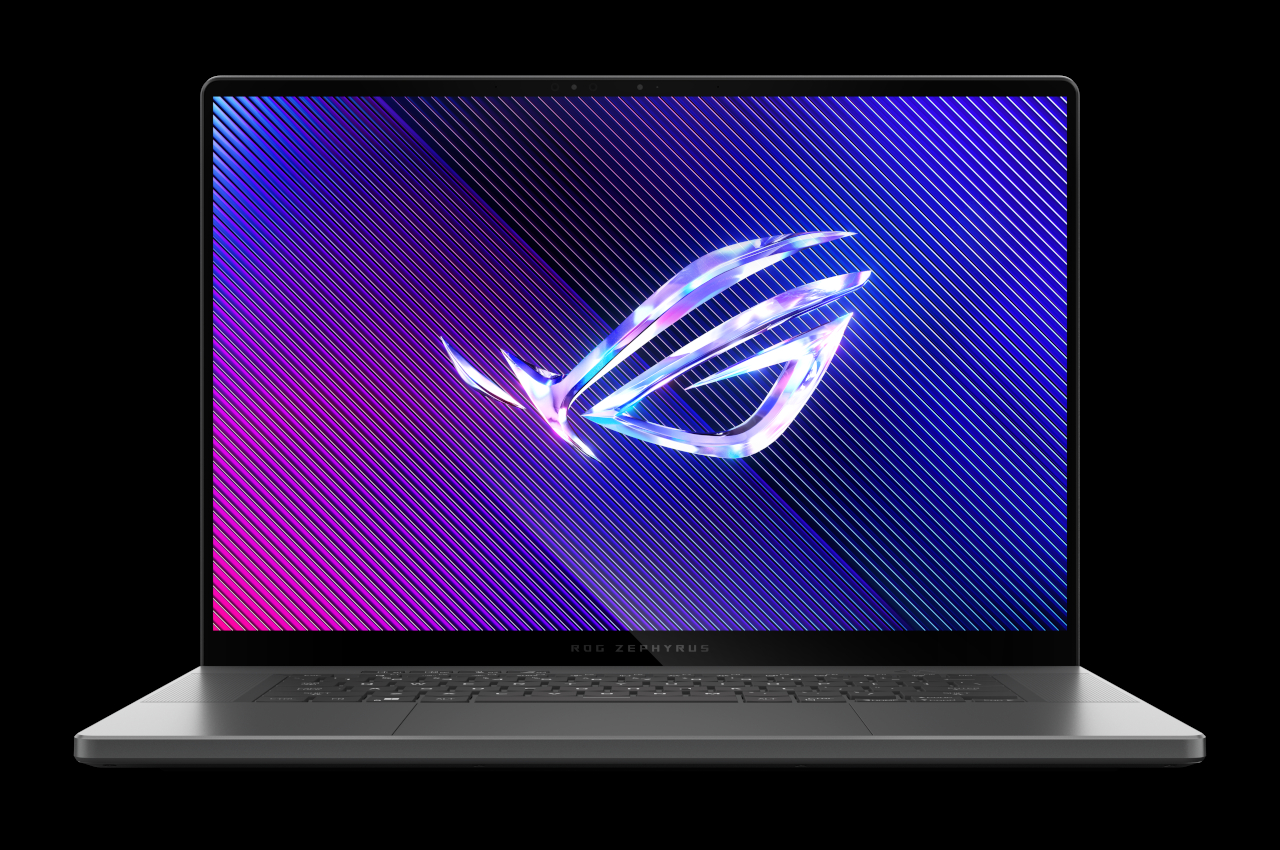
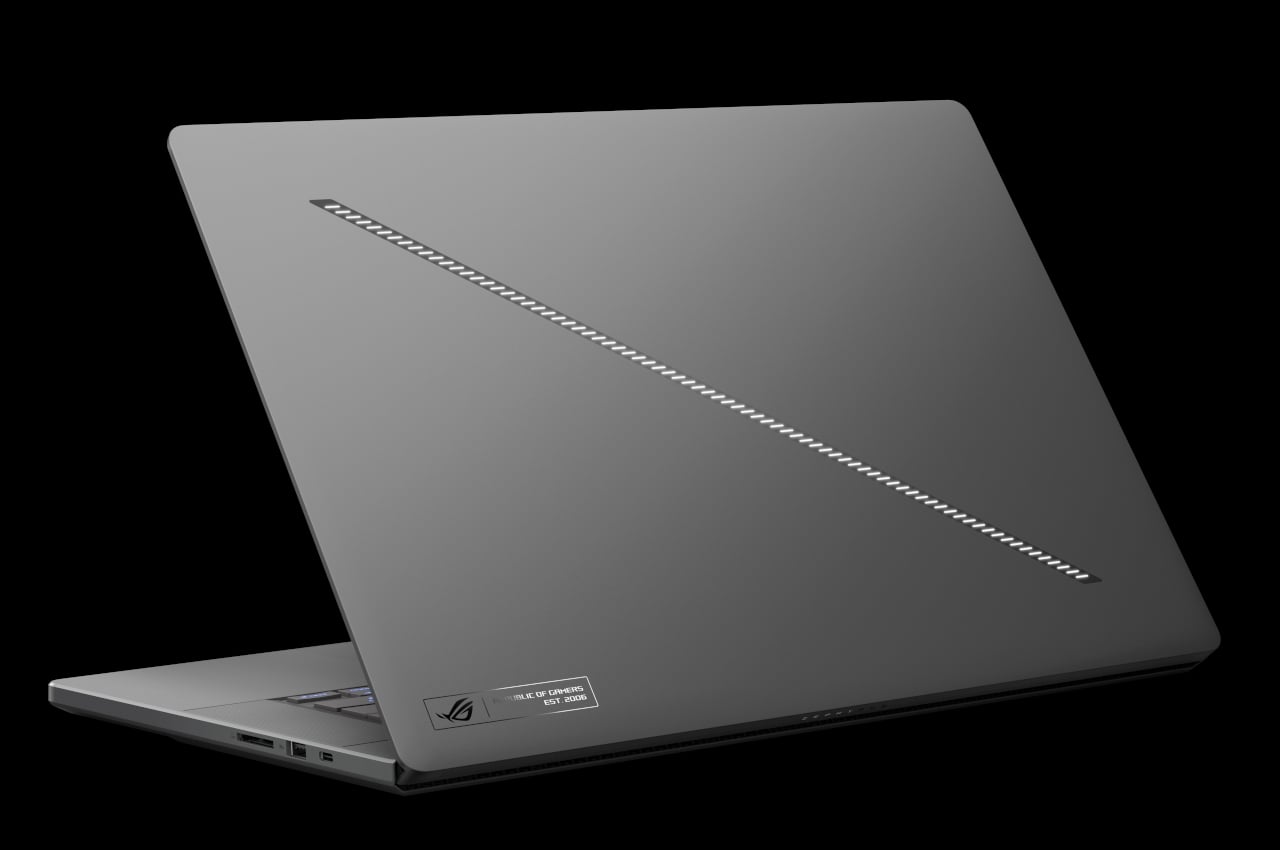

With an all-new, all-aluminum CNC-machined chassis, the ROG Zephyrus G16 and G14 bring a touch of class to your gaming gear. It isn’t all just for show, of course, because the change in materials also improves the structural rigidity of the laptop, reduces its overall weight, and increases the space for components inside. That means more room for more things while still keeping the laptop thin and light. At only 1.49cm thick and 1.85kg light, the Zephyrus 16 is pretty much on par with the gold standard of lightweight pro notebooks, the MacBook Pro. For reference, the Zephyrus G14 stands at 1.59cm thick and 1.5kg heavy only.


Of course, Zephyrus laptops are heavy-duty gaming slash workstations, and ROG hasn’t forgotten the traits that truly mark this mobile PC as such. There’s a brand-new LED lighting array, one that runs diagonally across the lid. Appropriately called Slash Lighting, this lighting accent can display customized patterns and animations that quickly set the laptop apart from other premium-looking notebooks. This 2024 generation also welcomes a new colorway, Platinum White, with a matte finish that cements the Zephyrus G16 and G14 as luxury items for gamers.

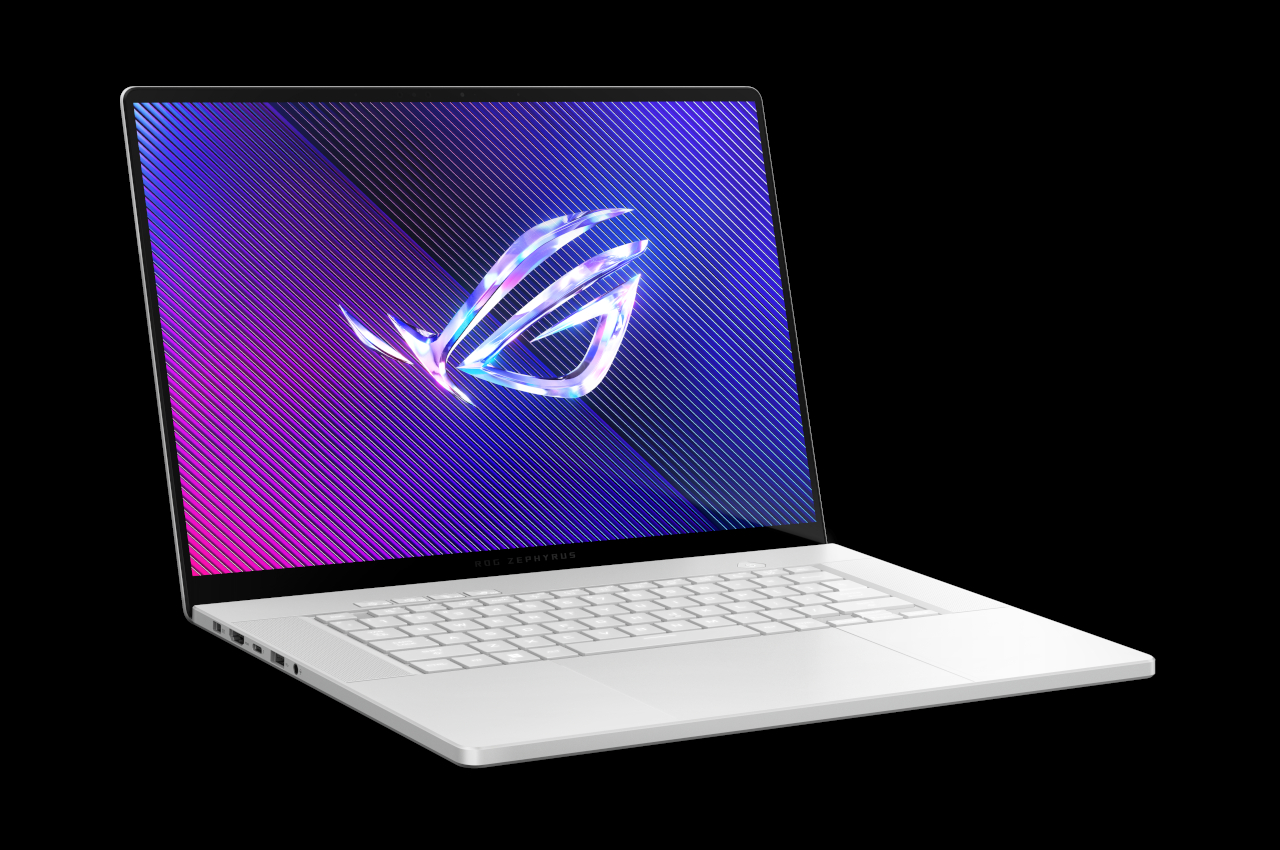
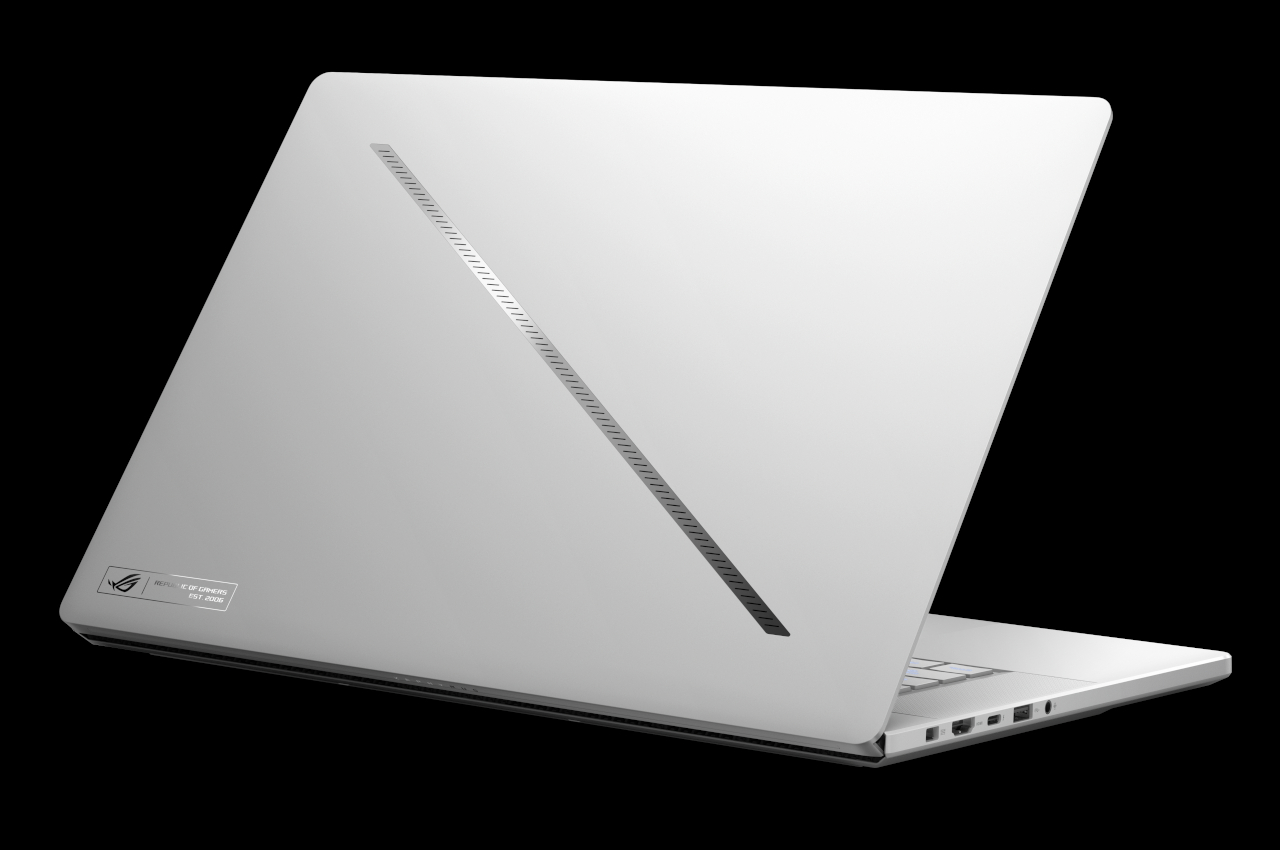
In terms of hardware, the two aren’t lacking in any department either, sporting the latest Intel and AMD processors paired with NVIDIA GeForce RTX 4070 or 4090 laptop graphics. In fact, these two boast the first ROG laptops to carry an OLED monitor under the ROG Nebula Display branding, offering rich blacks that truly make graphics pop. They both possess the latest cooling solutions, but the ROG Zephyrus G16 additionally carries a custom vapor chamber to make up for the more powerful hardware. These two stylish and powerful laptops are scheduled to land in markets in the first quarter of the year, though exact dates and pricing have yet to be announced.

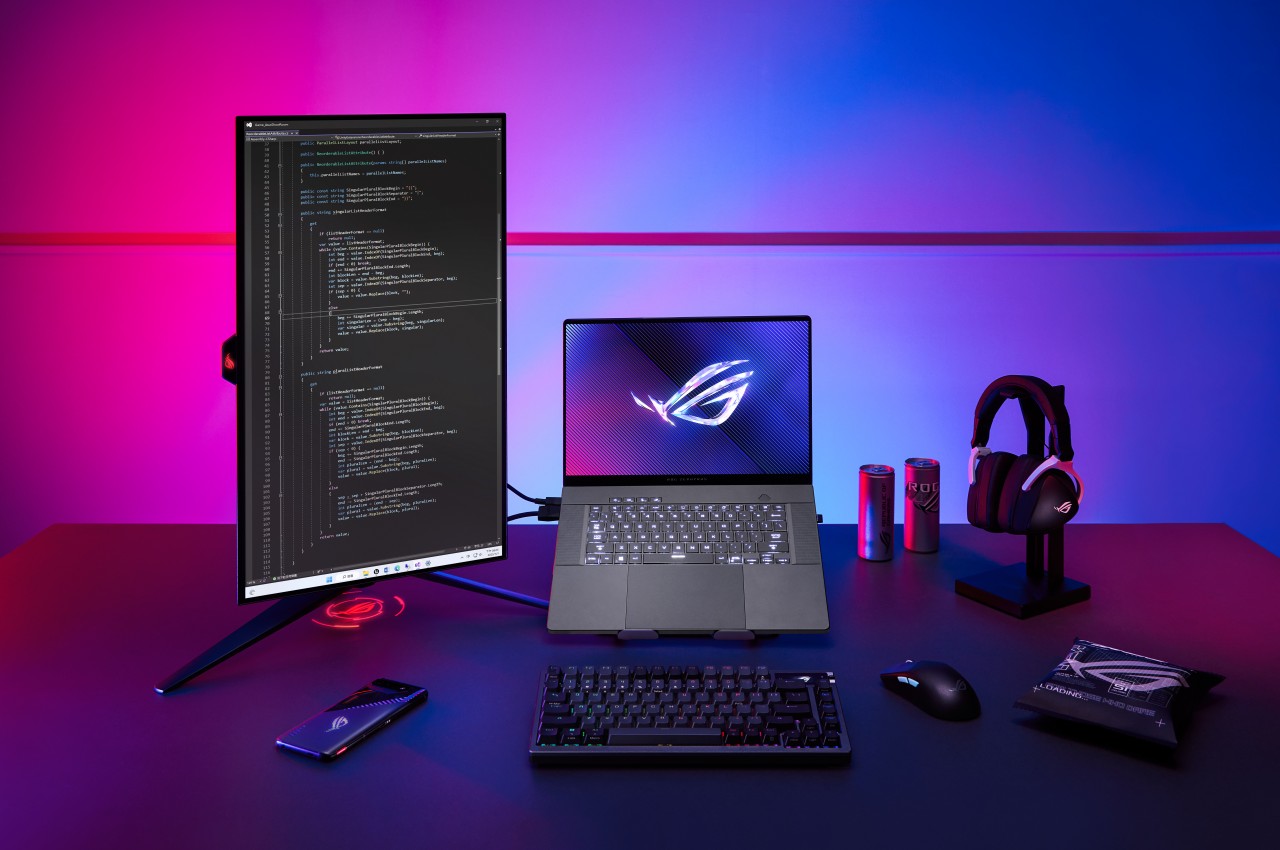
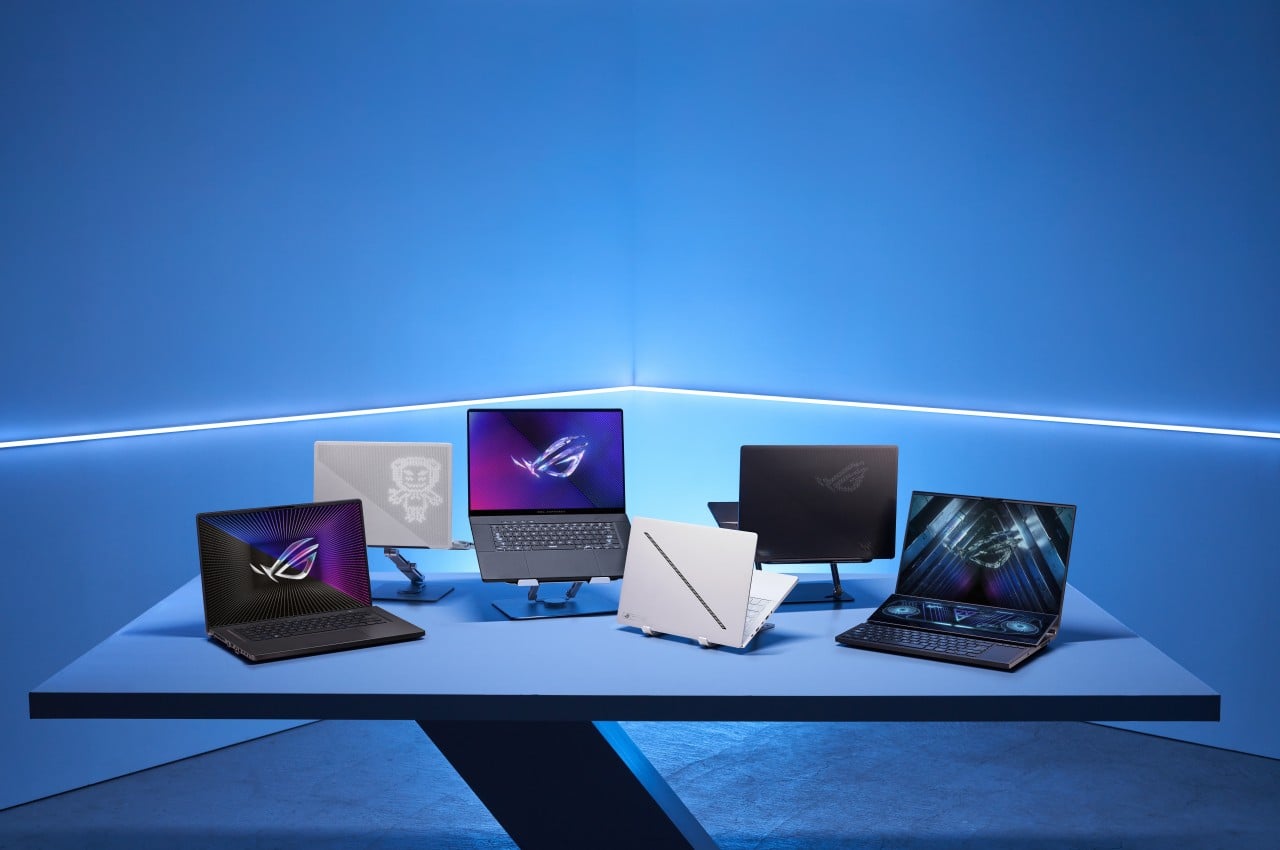
The post ROG Zephyrus G16 laptop at CES 2024 brings a thin, all-aluminum frame to your game first appeared on Yanko Design.
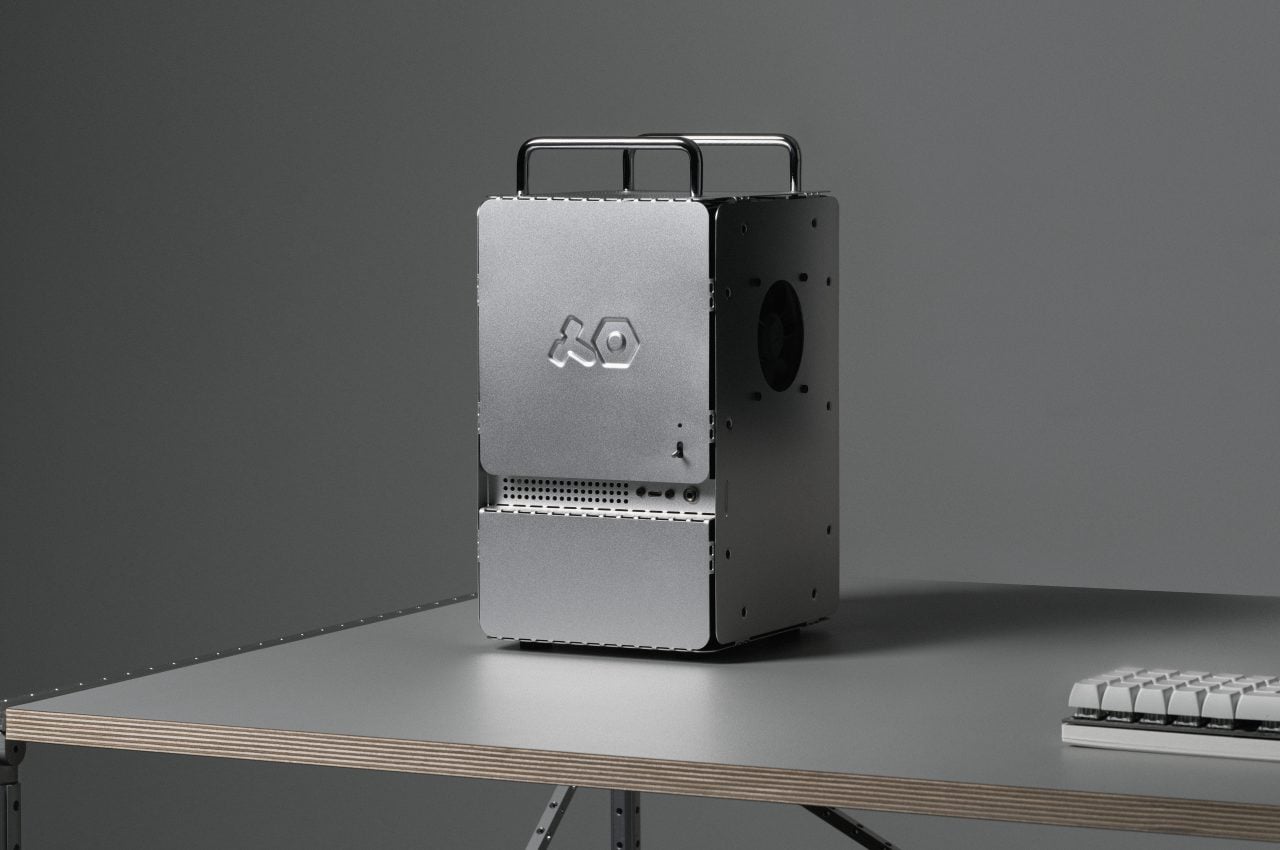
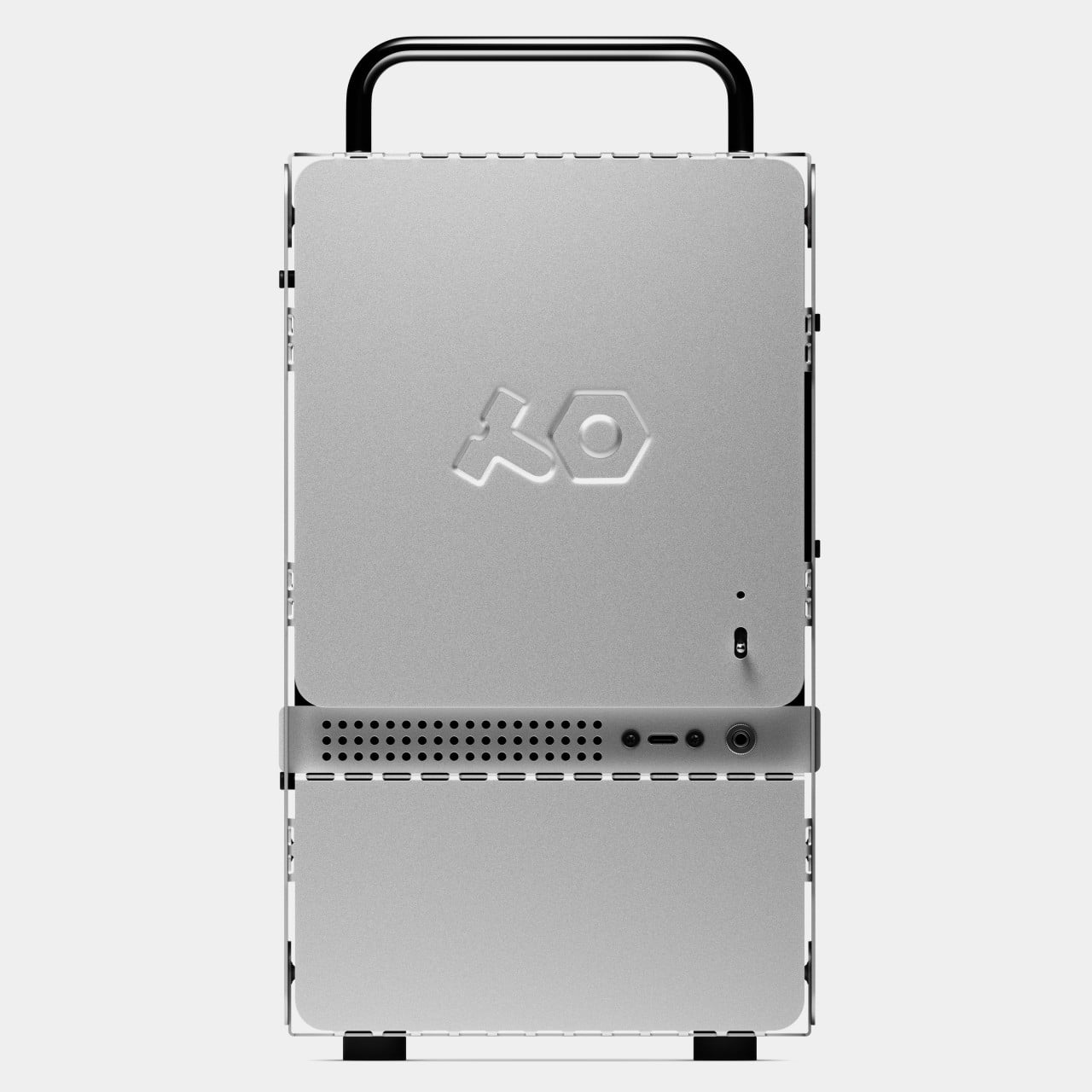

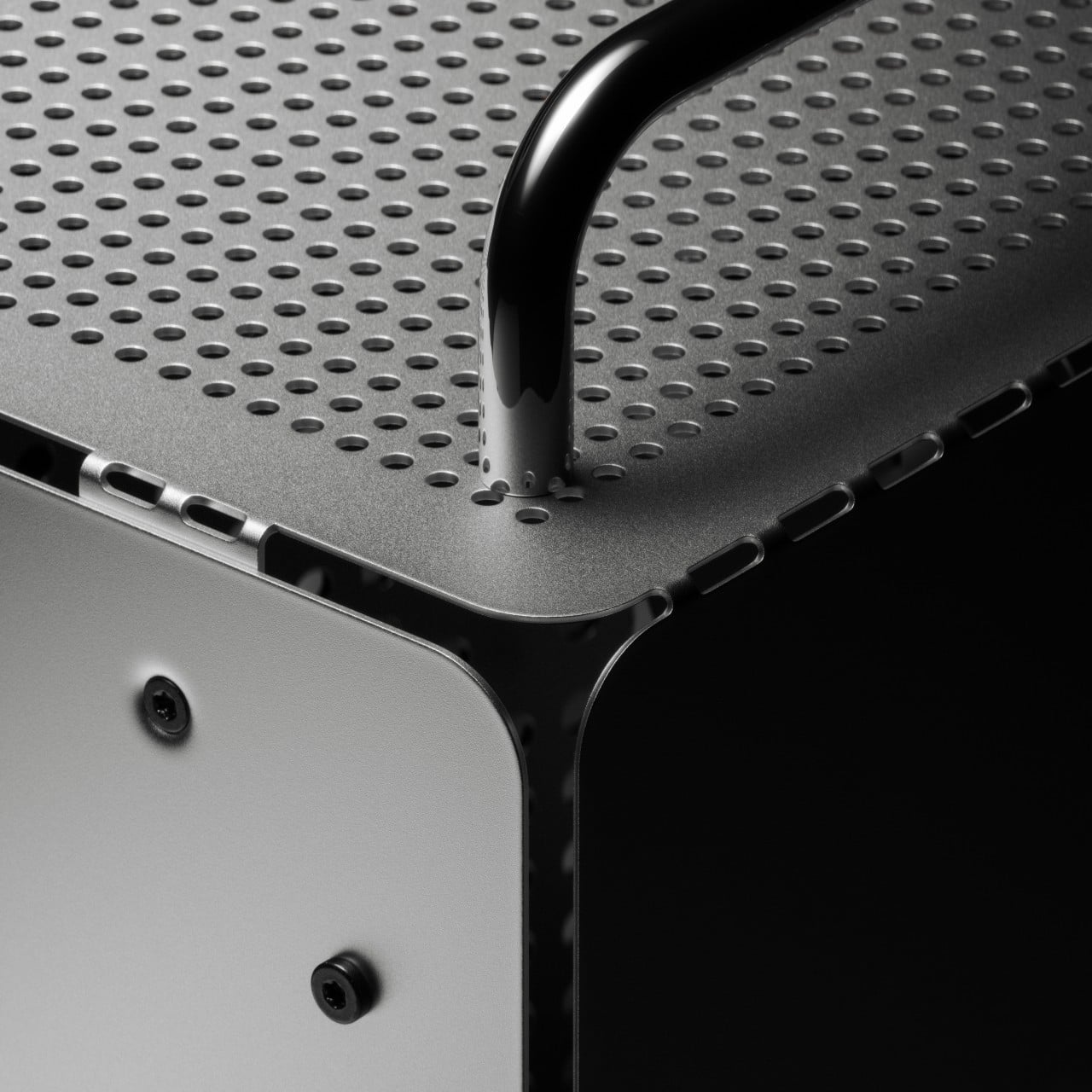
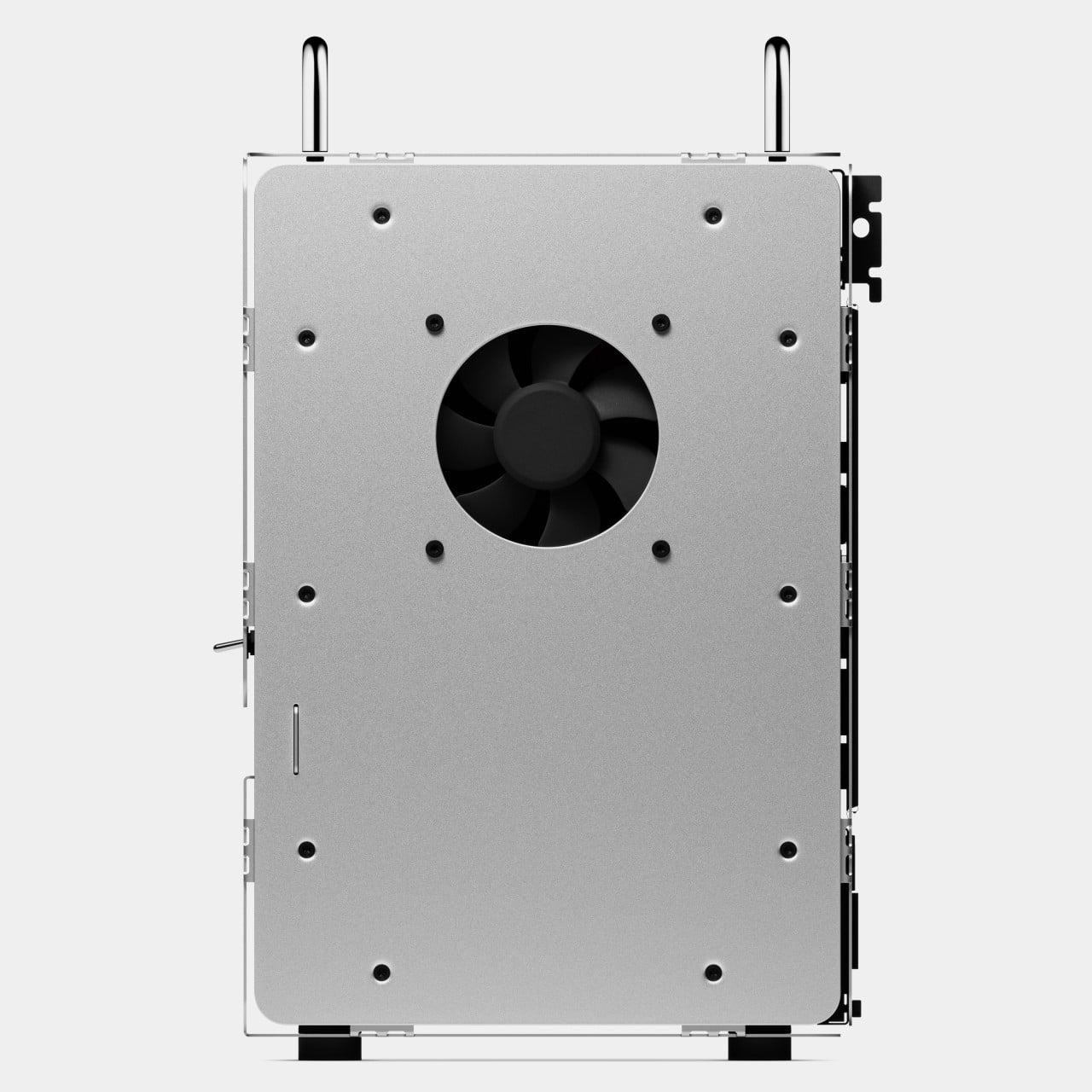
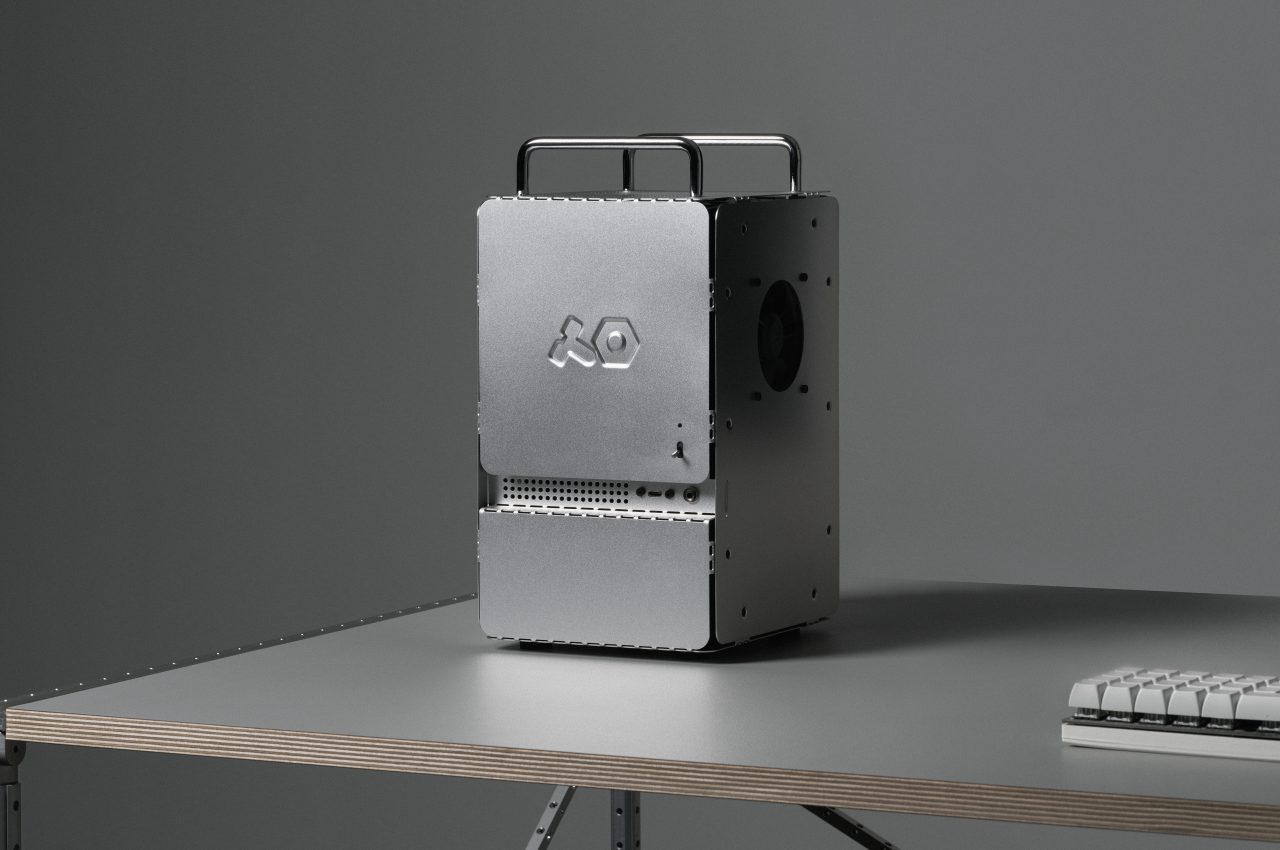
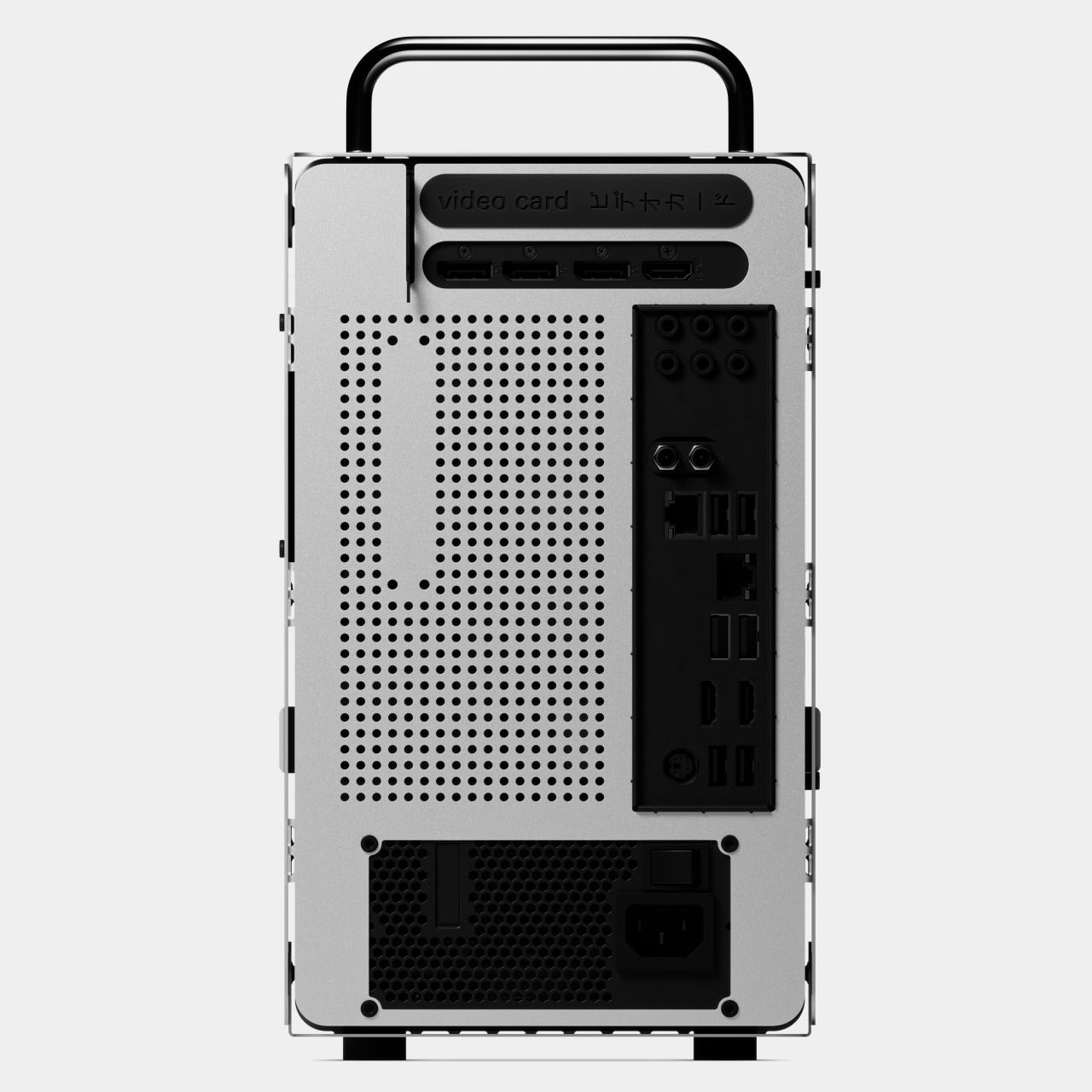















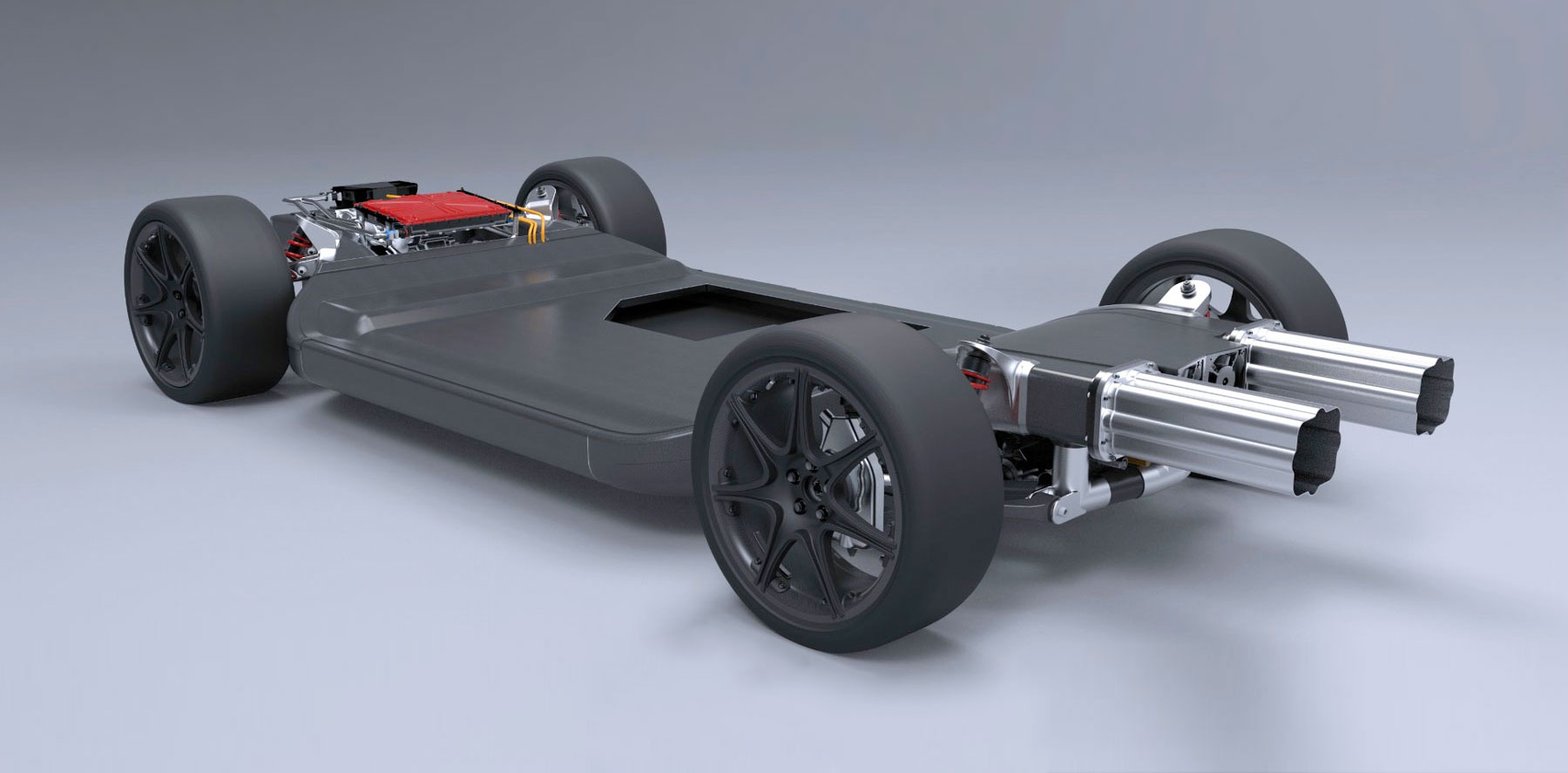 There is frequently a trickle-down from the world of high-end motor racing through to the cars on sale at your local dealership (and refrigerators). Which is why the latest project to emerge from Williams Advanced Engineering is so exciting for the f...
There is frequently a trickle-down from the world of high-end motor racing through to the cars on sale at your local dealership (and refrigerators). Which is why the latest project to emerge from Williams Advanced Engineering is so exciting for the f...






